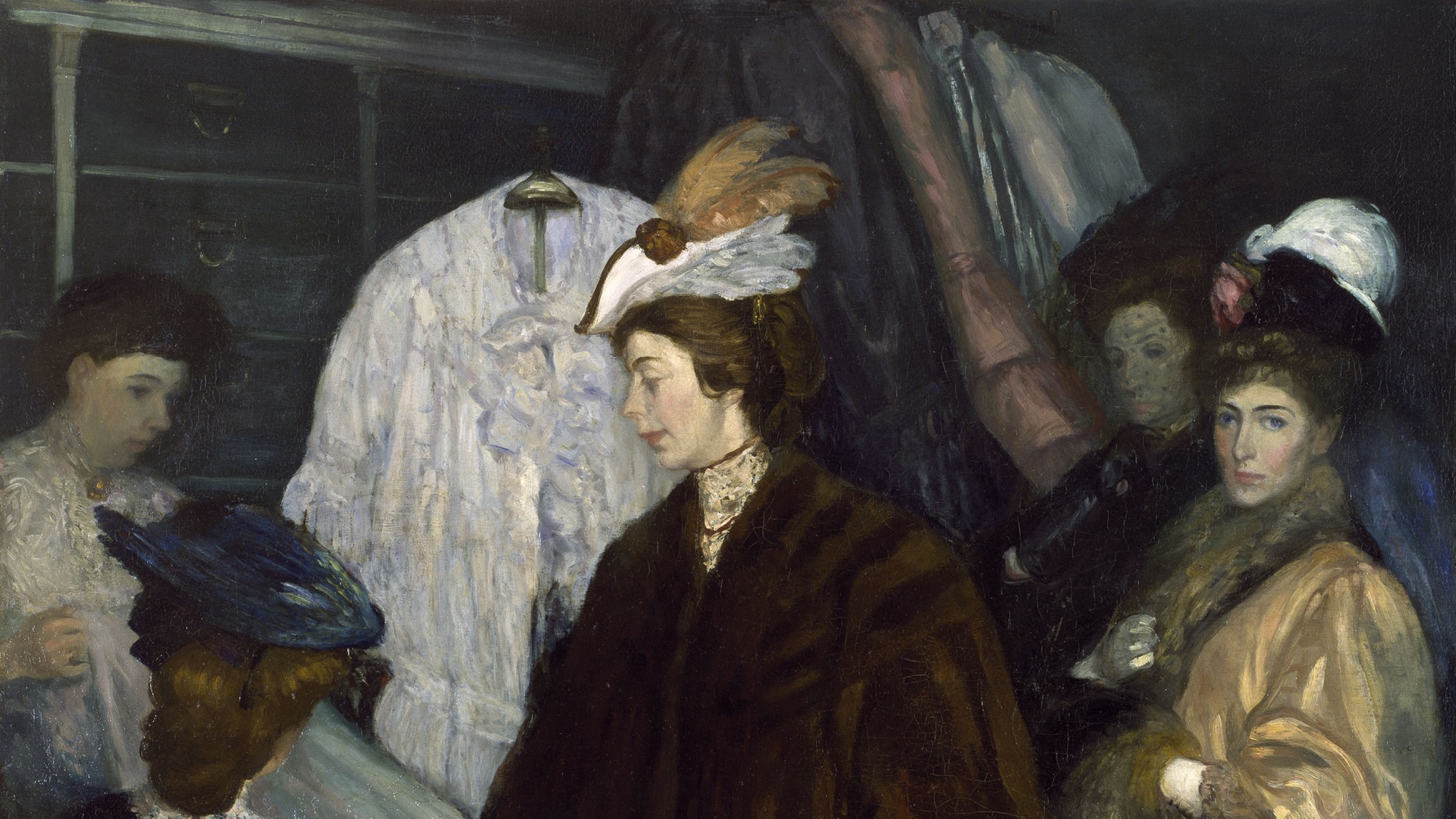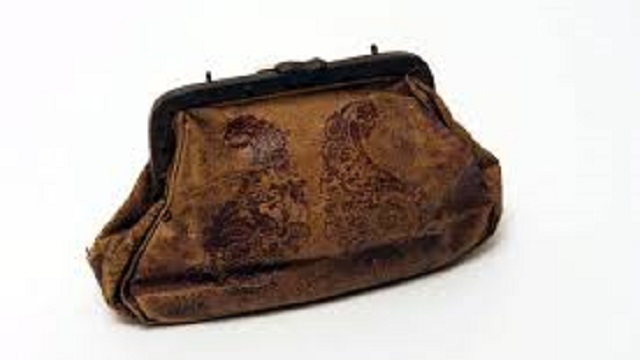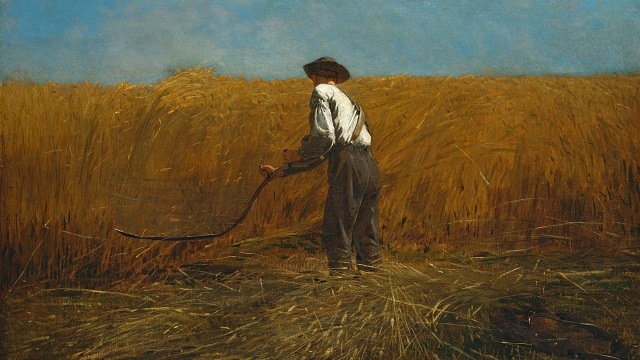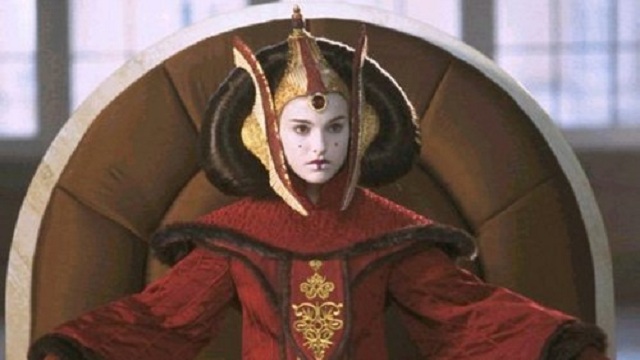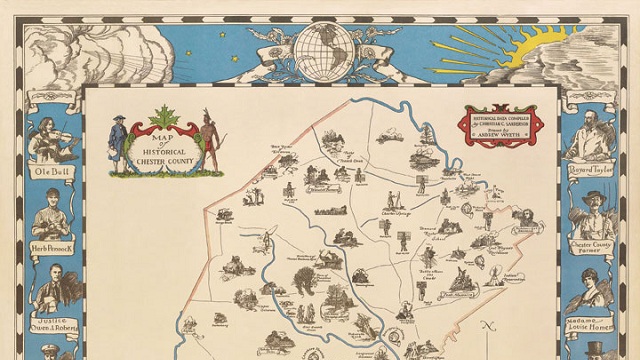School Assignments: American Illustration at the Delaware Art Museum
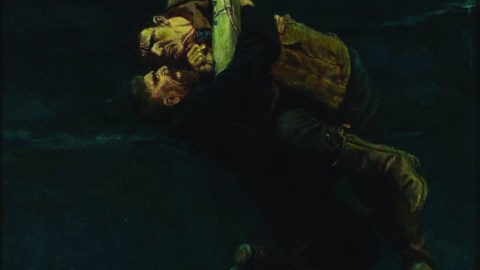
We tend to think of work done on assignment as being somehow cheaper than work springing entirely from the mind of the artist. Art on demand never strikes us as anything but commercial. If we allow that prejudice to prevent us from enjoying shows such as the Delaware Art Museum’s On Assignment: American Illustration, 1850—1950, the loss is entirely ours. Howard Pyle and his school of followers set a gold standard for illustration that turned mundane literature into sublime images. In our photography-dominated periodicals of today, Pyle and his people seem to belong not just to a different time, but to a different planet.
Pyle opened the Howard Pyle School of Illustration Art in 1900 after teaching at Drexel University for several years. Located in Brandywine, Pennsylvania, Pyle’s school came to be known as the Brandywine School. N.C. Wyeth not only came to study with Pyle, but also brought his family along, forging the first links in the great generational chain of Wyeth artistry continued by Andrew Wyeth and Jamie Wyeth.
First Pyle and, later, his students attracted the attention of major publishing houses throughout the United States looking for artists to illustrate stories in their publications. With an attentive but not slavish eye for detail and a penchant for portraying psychologically believable characters, Pyle and his students often created more interesting stories through their pictures than the authors did in words. Works such as Pyle’s He lost his hold and fell, taking me with him (pictured), which originally accompanied a Morgan Robertson story called“The Grain Ship” in the March 1909 issue of Harper’s Monthly Magazine, have outlived the stories that spawned them. History has taken the assignments given to these great illustrators and reassigned their importance from the second to the first tier.
Perhaps another obstacle to appreciating these illustrations is that the world of short fiction periodicals has gone the way of the 8-track player. Modern Americans just don’t read fiction in the way or to the degree that people at the turn of the twentieth century did. And when they do, publishers usually pair photography with the text. Even when that photography aspires to the artistic, it usually falls short of the imaginative power that Pyle promoted. The Delaware Art Museum’s vast collection of illustrations from American books and magazines of the mid-nineteenth to mid-twentieth centuries makes them the ideal location for a retrospective such as this. Part of me wants to dig up the stories that inspired these images, but a bigger and perhaps wiser part of me realizes that they could never live up to the vision of these “assigned” artists who schooled those authors in how to tell a story that would truly outlive them.
[Image: He lost his hold and fell, taking me with him, 1909, from “The Grain Ship, by Morgan Robertson, in Harper’s Monthly Magazine, March 1909. Howard Pyle (1853-1911). Oil on canvas, 27 1/2 x 17 7/8 inches. Museum Purchase, 1912.]
[Many thanks to the Delaware Art Museum for providing me with the image above and other press materials for On Assignment: American Illustration, 1850—1950, which runs through January 2, 2011.]
